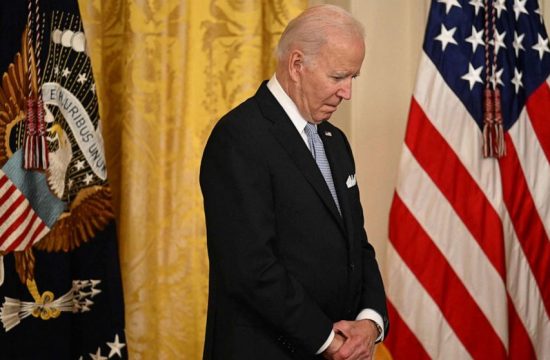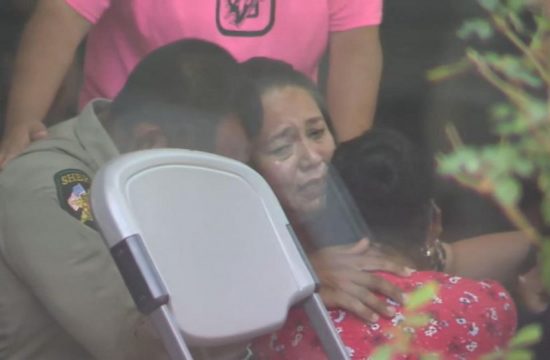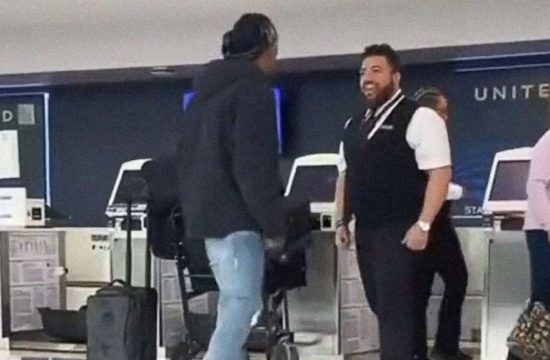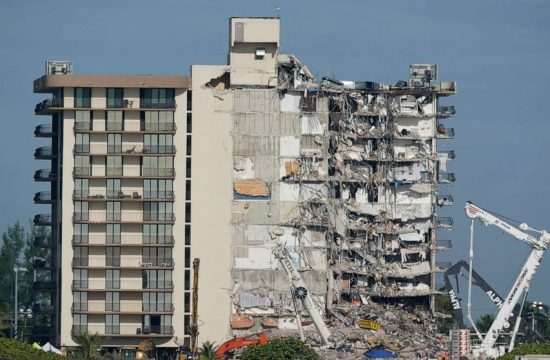Inside the Canterbury Rehabilitation & Healthcare Center just outside Richmond, Virginia, — where 49 people have died from the novel coronavirus in less than a month, Dr. Jim Wright heard a sound that had been missing for many weeks — laughter.
“I was actually walking to my office, [and] I walked past the first group activities we’ve had in six weeks,” said Wright, the longtime medical director at the nursing facility. “There’s signs of life. Things are springing up again.”
The moment of levity came during a meeting of Canterbury’s current affairs interest group, where surviving residents were relieved to open the newspaper and find, finally, that the coverage was not about their home. For weeks, the 165-resident facility dominated headlines as the death toll inside rose higher and higher. At one point, it was one of the deadliest spots in the nation’s fast-moving pandemic.
Tune into ABC at 1 p.m. ET and ABC News Live at 4 p.m. ET every weekday for special coverage of the novel coronavirus with the full ABC News team, including the latest news, context and analysis.
In a lengthy interview with ABC News, the man who oversaw medical care inside the home throughout the coronavirus outbreak, compared the wrenching journey to being at war, a struggle from which he said he is only now emerging.
“It’s been a nightmare for the past five, six weeks. It’s hard to believe it’s been that long. But, we are coming out of it,” Wright said.
Wright described the early days of the outbreak, when a first resident began to cough and spike a fever, and he sent out the first COVID-19 test to a lab to confirm the diagnosis.
“Testing at that time he did not come back for up to 11 days,” Wright said. “We actually sent our first test to California. That’s where it went. So we were unaware of whether this person really had it or not. So there was, you know, a week and a half of being on edge, trying to keep that patient isolated, not knowing if there were other patients in the facility.”
There were. And Wright said he soon would learn that many of the contagious residents were already infecting others, even before they showed any symptoms.
As residents fell deeper into sickness, Wright said he faced another challenge – keeping ahold of his staff.
“We had staff that simply would not show up,” he said.
Some worked in multiple facilities and Wright said those other facilities started informing them, “Don’t go to Canterbury or else you can’t come back to work.”
He said staffing agencies and training colleges also began to refuse to send nurses to the facility.
“I was answering call bells. I was changing beds,” Wright said. “My administrator was serving trays, serving water. It was all hands on deck. It was really tough.”
Wright said those who remained began to feel abandoned by the outside world. They were having difficulty convincing private ambulance workers to enter the building to take their patients, he said. They began having arguments with local emergency rooms about sending their patients.
“It felt like our allies had narrowed down quite a bit,” Wright said.
Then, the residents began to succumb to the virus. Wright said those moments are the toughest to talk about.
“I’m still emotional about it,” he said, choking back tears. “I can say I’ve never felt more helpless in my life. … In some cases all I could do was hold their hand.”
When the virus first arrived, there were 165 residents at Canterbury. Of those, 130 became infected, and 49 died.
Wright reflects on those terrible weeks, and said that he and his staff did everything he could to keep the virus from spreading and taking more lives.
“In a way they knew that I was powerless to do anything to cure them,” he said. “I think they knew that I would not abandon them. I did not. It was the position I was in. I was not going to leave it. I was not going to throw up my hands even though I had nothing to offer them to cure them.”
He does believe the nursing homes that may now just be entering the crisis stage of the outbreak can take away lessons from what happened at Canterbury.
The medical directors and physicians who serve long-term care facilities should not rely on telemedicine or advice homes from a distance.
“I would say — be there,” Wright said. “Pick your facility and go there and be there. They need you.”
He also said nursing care centers should do everything possible to get residents tested for the virus.
“When you have your first three or four cases, start testing your entire facility,” he said.
What to know about coronavirus:
If there are some who are infected, he said, there are invariably more who don’t show symptoms but are still spreading the disease.
Wright also believes the American public should understand that nursing facilities have for too long been overlooked and under-funded. He said, for instance, that if Canterbury did not have to pack two residents into every room, he might have been able to slow the spread of the virus. But cost containment made those living arrangements impossible.
Finally, he said, those living inside and those waiting outside can know: the outbreak will eventually pass. That is a stage he believes Canterbury has reached today, he said.
“We’re just climbing out of the trenches,” he said. “And we’re looking around and seeing just what’s left.”











